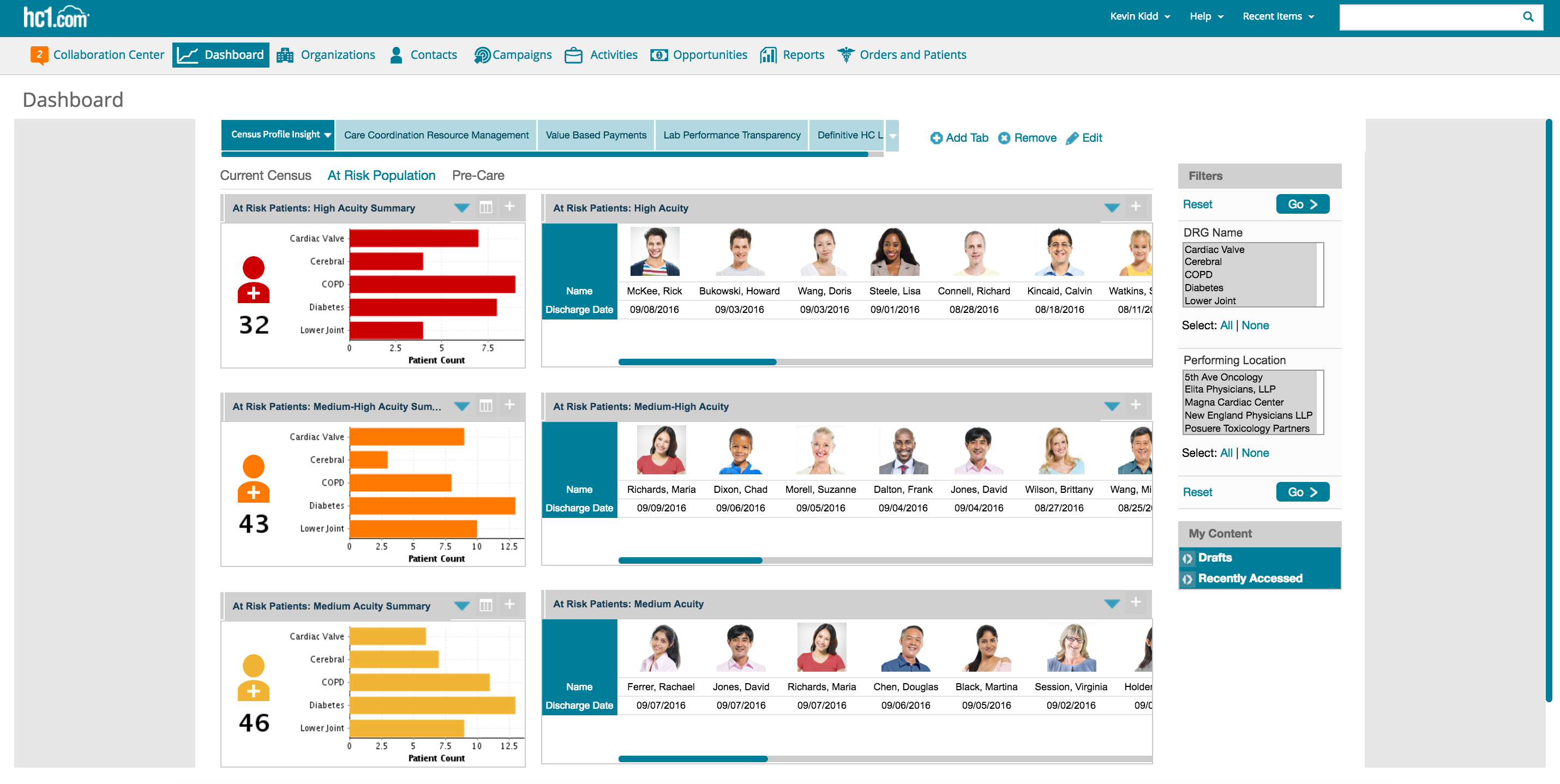A new article was published in the Medical Laboratory Observer this week that was written by our very own CEO, Brad Bostic.
How can high-performance laboratories seamlessly transition from volume to value in today's healthcare landscape? Here are some tips Brad laid out for MLO subscribers:
- Know exactly where to focus
Using a healthcare relationship management solution, your lab can track important trends and issues in real-time in a secure, HIPAA-compatible, cloud-based environment. This real-time insight gives lab managers and executives the ability to maximize the team's productivity by giving them a clear view of where lab staff members are spending their time.
- Drive closed-loop accountability
When lab staff has access to every interaction - lab orders, results, phone calls, emails, etc. - employees are empowered to confidently and proactively respond to the needs of every provider and patient. Proactively addressing issues and driving closed-loop accountability drives a culture of outstanding service across all departments.
- Deliver personalized service
Proactively tracking and managing how the lab’s operations impact providers and patients at both summary and granular levels benefits clients who are seeking truly personalized service. During a time of uncertainty related to consolidation, competition, and reimbursement cuts, delivering measurable value that delights the providers you serve is the key to growth.
- Assess the critical role of the lab
As the provider of over 85% of the data available in a patient's EMR, the lab is a key player in the continuum of care. Healthcare relationship management was invented to empower labs to achieve a level of performance that results in a truly personalized healthcare experience for providers and patients.
With these tips in mind, labs are already achieving real-world success with healthcare relationship management. Labs across the continuum of care are increasing efficiency, turnaround time, and client retention - all while increasing the patient experience.
Read Brad's full article here.






